-
The Sorrows Of Gin by John Cheever Analysis
by Gerhard Glück drunk santa
-
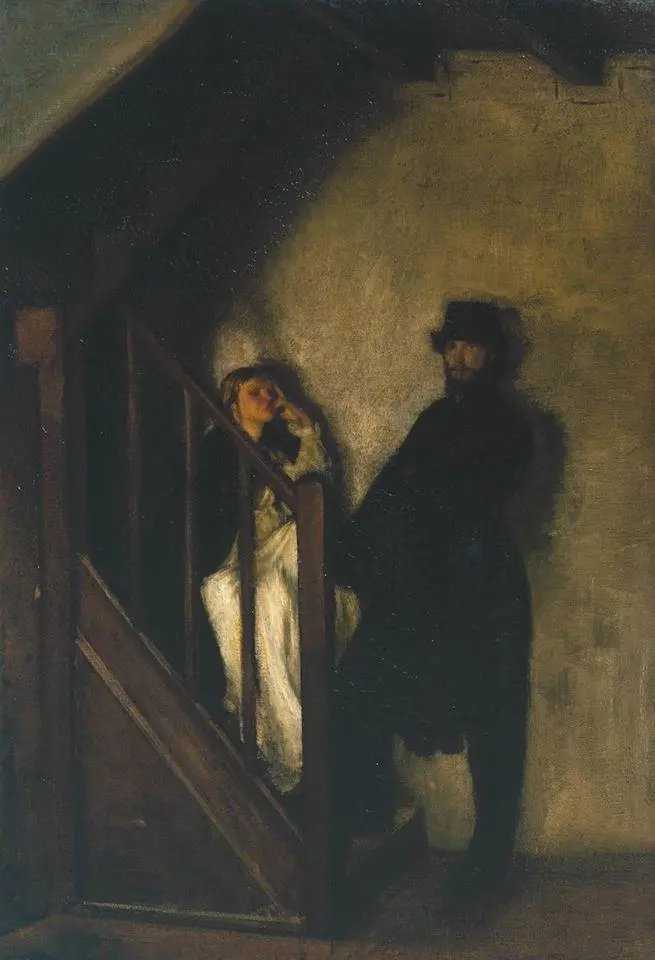
Foreshadowing, Side-shadowing & Back-shadowing
You’ve probably heard of foreshadowing, but have you heard of back-shadowing and side-shadowing? These techniques have nothing to do with each other, other than that they all describe literary techniques and they all include ‘shadowing’ in the term.
-
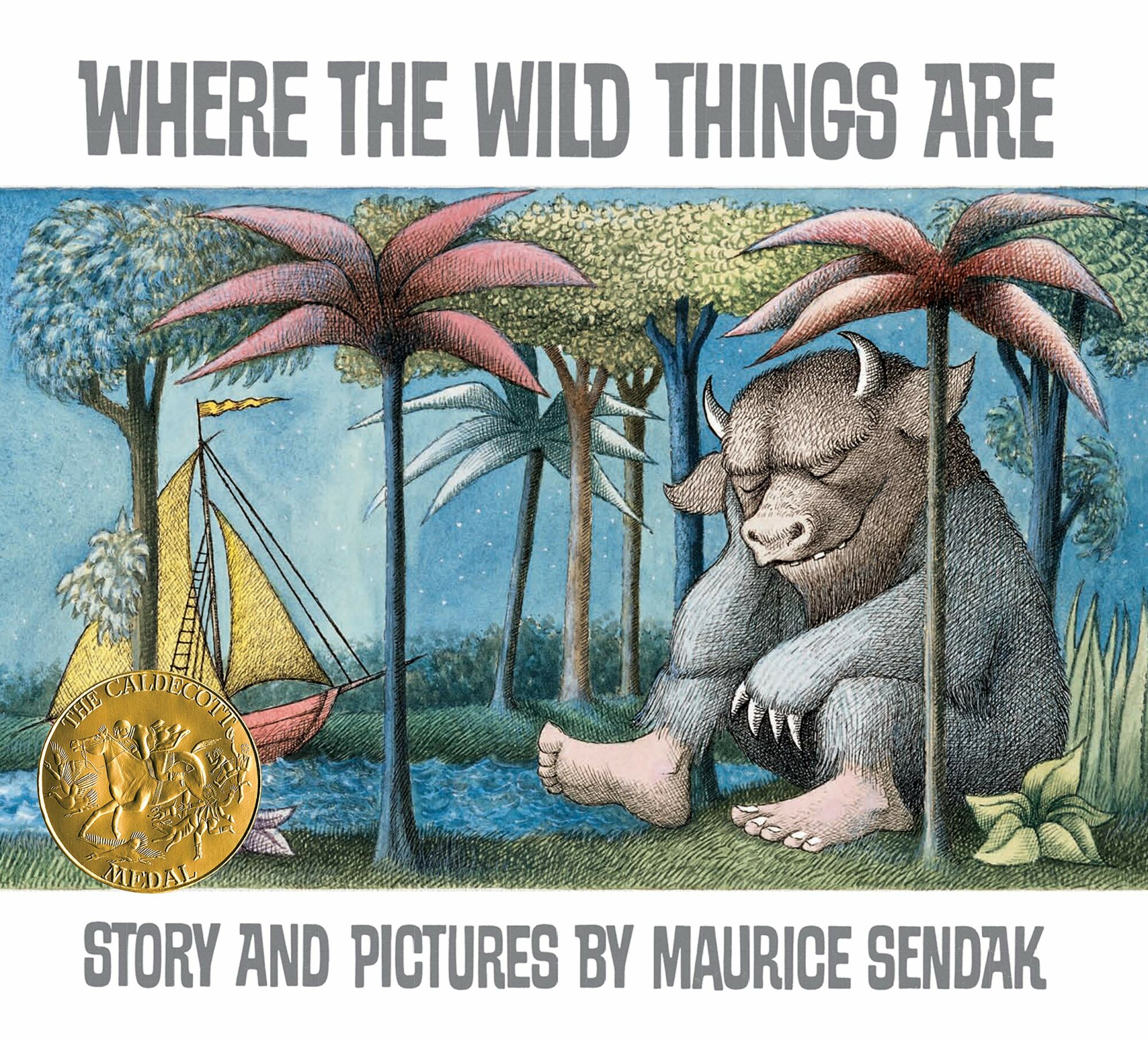
Where The Wild Things Are by Maurice Sendak Analysis
“Where The Wild Things Are” by Maurice Sendak is the picture book that changed picture books forever. The picture book began to be understood, after Maurice Sendak, as something extraordinary – a fusion of images and limited vocabulary which authors such as Julia Donaldson, Lauren Child, Alan and Janet Ahlberg, Emily Gravett and more have turned
-
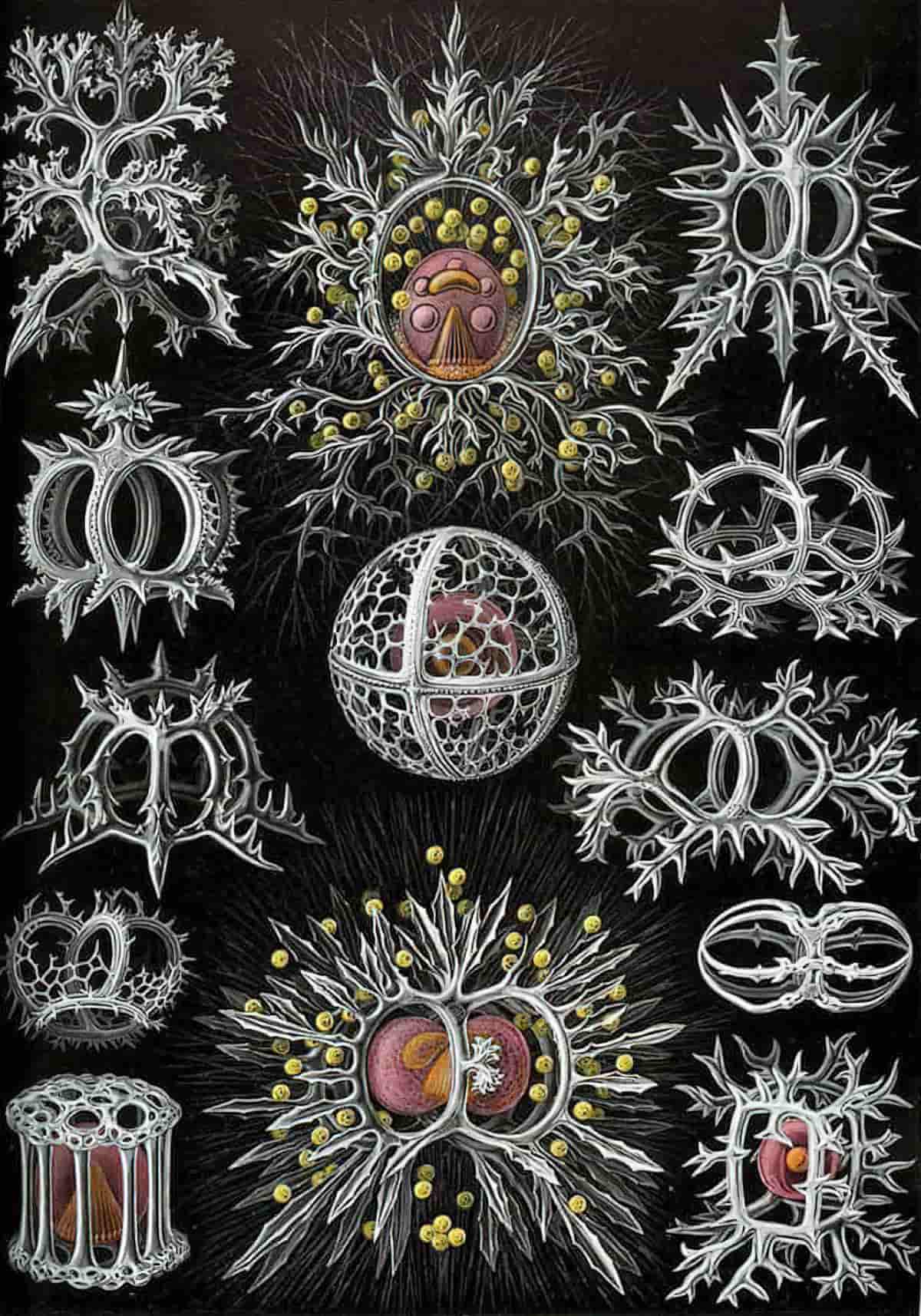
Shapes of Plots In Storytelling
The success of a novel is only five percent about the structure and ninety-five percent about the quality of the writing. Elizabeth Lyons, Manuscript Makeover Younger writers should be experimenting with form as well as material, like a water-seeker with a divining rod. We are “haunted” by experiences, images, people, acts of our own or
-
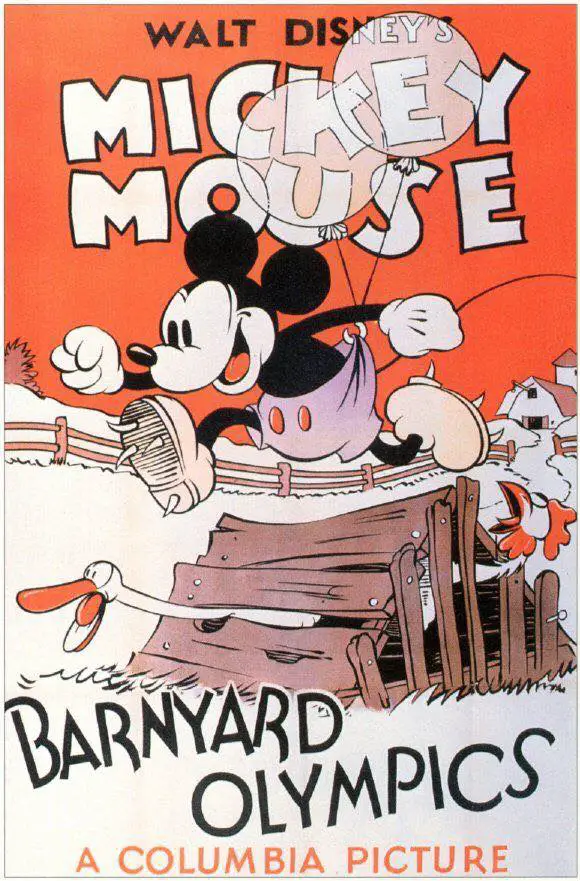
Mice in Children’s Literature
Mice are widely represented in folktales, both as protagonists and as helpers. Apparently, there is a subconscious identification on the part of children’s writers of a small and helpless child with one of the smallest animals, also know—maybe without reason—for its lack of courage.
-
Other Selves In Storytelling
There’s a prevailing idea that we are all cohesive, single selves. Sure, we might change over time, but if there’s such a thing as ‘being yourself’ then we must accept our own absorption of the idea that ‘yourself’ (singular) exists in the first place.
-
Paralepsis in Children’s Literature
Paralepsis*: (Faux) Omission. In rhetoric, paralepsis refers to the device of giving emphasis by professing to say little or nothing about a subject, as in not to mention their unpaid debts of several million, but saying it all the same. I know who farted but I wouldn’t want to embarrass Charles. In the name of anonymity,
-
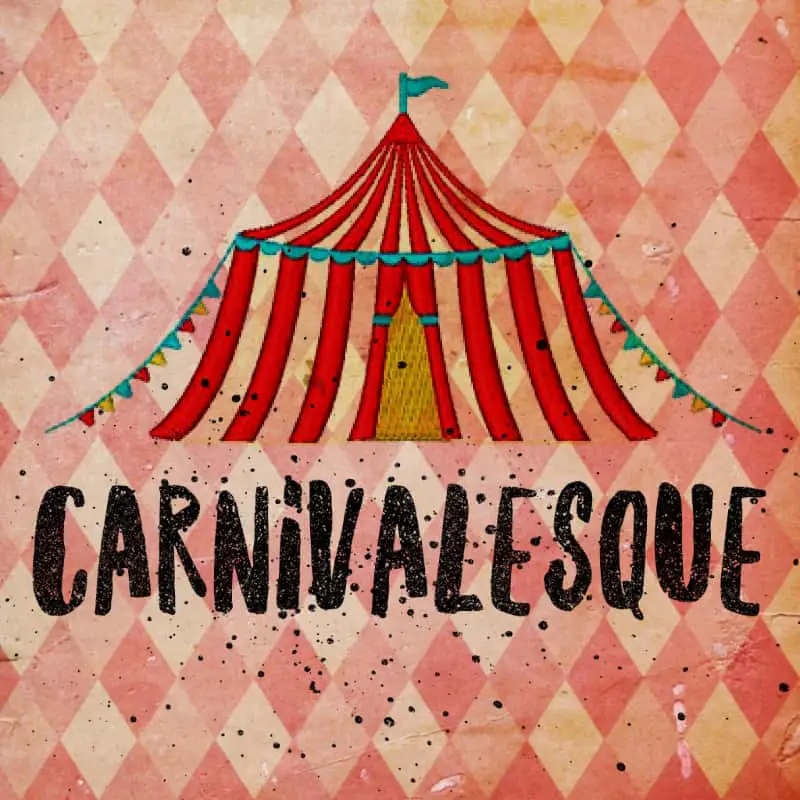
The Carnivalesque in Children’s Literature
Carnival: In the Bakhtanian sense, “a place that is not a place and a time that is not a time”, in which one can “don the liberating masks of liminal masquerade”. Victor Turner, Dramas, Fields and Metaphors: Symbolic Action in Human Society, 1974 Children’s literature academic Maria Nikolajeva categorises children’s fiction into three general forms:
-
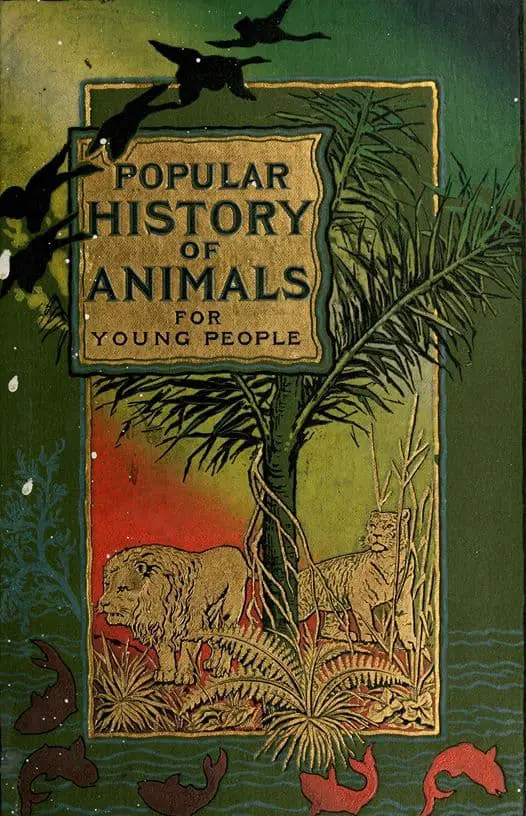
Animal Stories In Art and Storytelling
Why are there so many animal characters in children’s literature? A better question might be: Why so many humans? As Barbara Ehrenreich observes when writing about a 1940s discovery of cave paintings, early humans spent much more time rendering their cave wall paintings of animals. The humans are ‘humanoid’: crude stick figures. If the Paleolithic
-
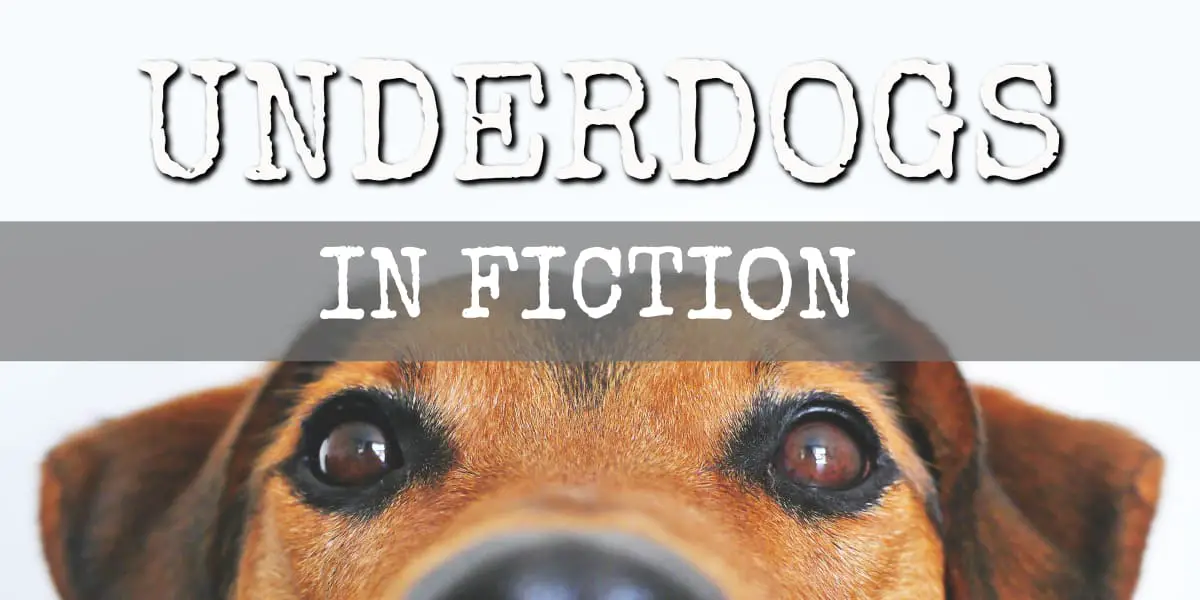
How To Write Underdog Stories
The underdog is very popular as a main character in fiction. But there are ways to write underdogs well as well as pitfalls to avoid. What Is An Underdog? The Three Assumptions Behind Most Underdog Stories It’s worth thinking hard about our own attitudes towards social hierarchy before writing an underdog story. In contemporary stories,
-
The Chaste Clarissa by John Cheever Analysis
WHAT HAPPENS IN THE CHASTE CLARISSA A twice-divorced philanderer holidays where he has always holidayed, on Martha’s Vineyard. On the ferry he meets for the first time a beautiful young woman who has recently married into a bird-watching, rock-collecting family of average Joes, but her husband won’t be joining Clarissa on the island, so our viewpoint
-
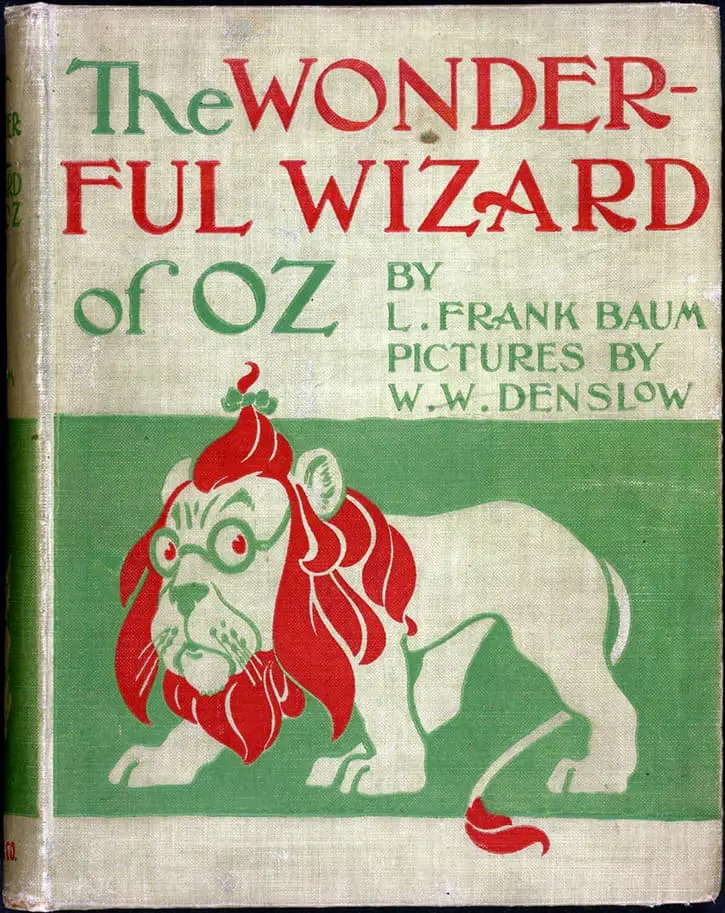
The Wizard of Oz Novel Study
The Wizard of Oz is in some ways the inverse of Winnie the Pooh. Whereas L. Frank Baum’s Oz series is so highly metaphorical every member of a thinking audience weaves their own symbolism into it, Milne’s Pooh series is so devoid of symbolism that it’s famous among specialists of children’s literature for precisely the
-
Reflection and Delusion In The Cure by John Cheever Analysis
In his story ‘The Cure’, Cheever comes pretty close to writing a supernatural thriller story, with a few typical thriller genre beats. The stars are ordinary heroes, or to use Northrop Frye’s terms, mimetic heroes.
-
Utopian Children’s Literature
The word ‘utopia’ means different things to different people and even comes from two different words. In modern English, we colloquially use ‘utopia’ to mean our own version of a perfect society. Philosophers go deeper. For example, Nassim Nicholas Taleb defines a utopia as a society built according to some blueprint of what “makes sense”.
-
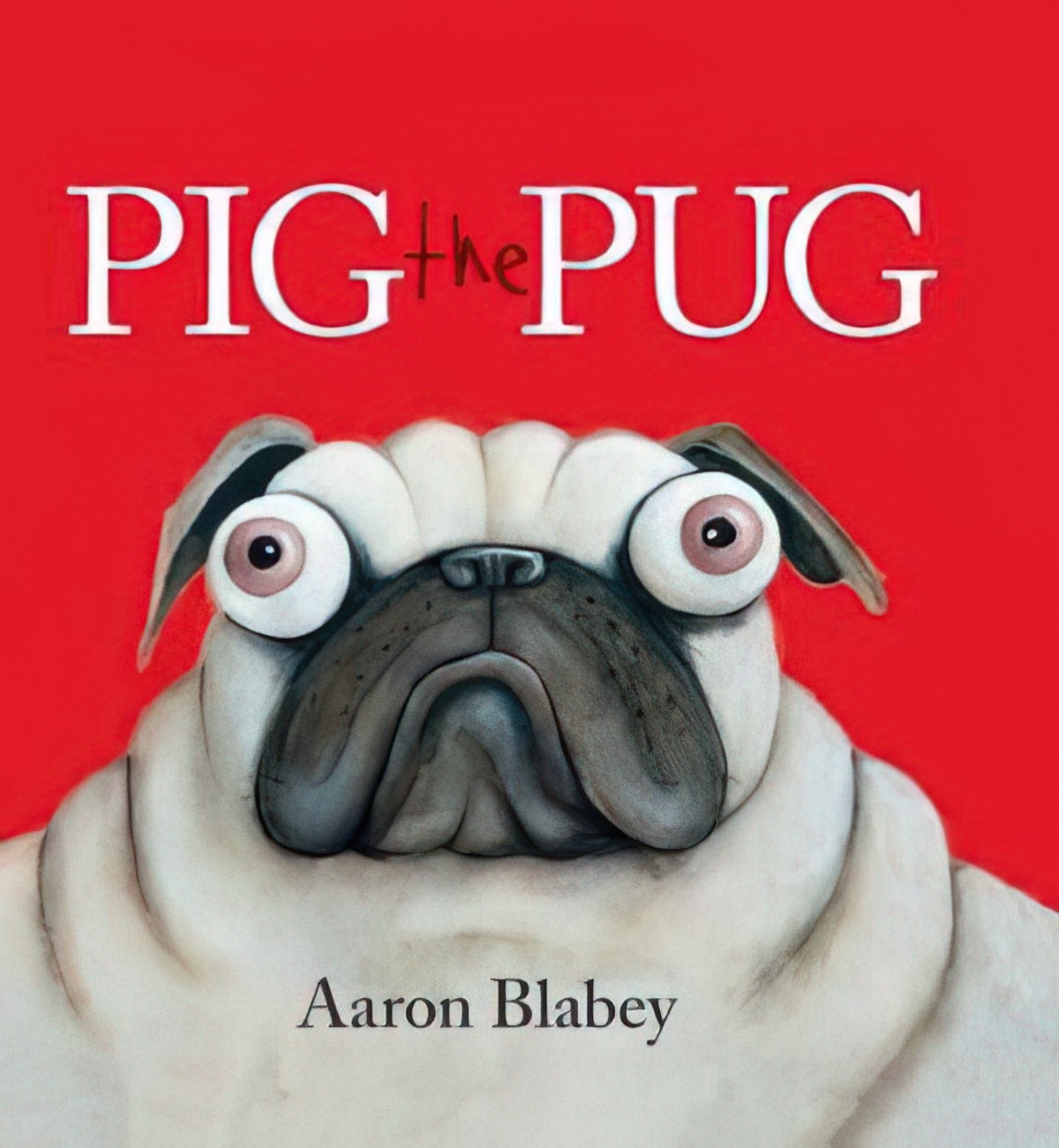
Pig The Pug by Aaron Blabey Picture Book Analysis
Pig the Pug and Trevor the sausage dog live together in a flat. Pig is greedy and selfish and refuses to share his toys. Trevor suggests they play together, but Pig refuses. He piles up all his toys and sits on top of them, but the pile collapses. Pig ends up covered in bandages, completely…